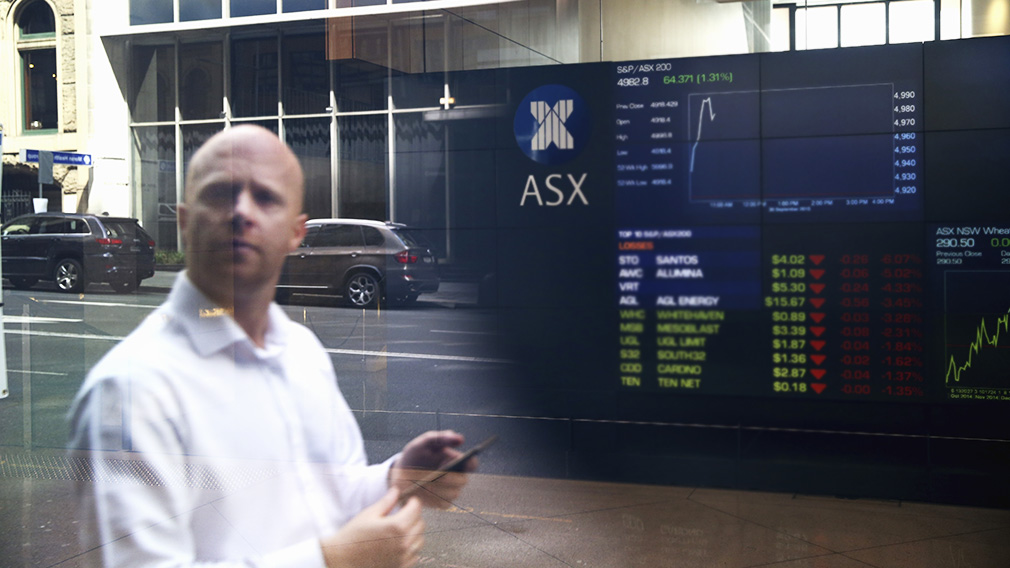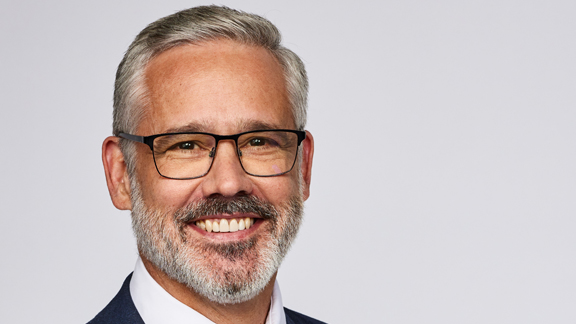Five key investment themes to watch in 2022

Investment managers' consensus is for continued economic growth over 2022 as COVID concerns fade and major economies regain momentum. (Getty)
As we near the end of another eventful year (putting it lightly!), global investment managers unsurprisingly have their eyes firmly set on 2022.
Drawing from the insights of the leading investment managers we work with, it’s clear the year ahead is anticipated to be a year of transition as the world readjusts to “living with” COVID.
Developed economies are focused on vaccination rates and treatments to reduce the risk of further lockdowns. And with good household liquidity for consumers and companies with strong profitability, wages are expected to increase and spending to rise.
Several central banks have announced plans to wind back stimulatory policies, with the Reserve Bank of Australia expected to do the same.
This is despite ongoing uncertainty and raised concerns from recent economic jolts: In September, we had the first negative month for share markets since January; China made headlines when its second-largest property developer, Evergrande, teetered on the edge of collapse; and rising energy prices in Europe escalated fears over the EU’s ongoing loose monetary policy, given energy prices are a major driver of inflation.
Among the key investment market themes to watch in the year ahead, we’ve narrowed them down to five.
1. Central bank policy on inflation and interest rates
A moderate level of inflation is good for investment returns because it reflects positive growth and demand dynamics, signalling corporate profitability and broader economic prosperity.
However, there’s ongoing uncertainty about the core drivers of inflation. It’s likely to be higher and more volatile over the next two to five years than it has been during the previous 10 to 20 years.
In response, central banks are beginning to tighten interest rate policies.
As an example, the US Federal Reserve has indicated it will reduce its government-backed security purchasing programme earlier than expected and bring forward rate hikes. Overall, we expect interest rates to start to rise in the latter half of 2022 because it will be difficult to maintain the current low-rate levels when countries are operating at more ‘normal’ activity levels.
2. The COVID pandemic
Although cases are now declining globally and vaccines are reducing the severity, new strains will likely still emerge and present an ongoing threat to economic recovery until the developing world catches up with vaccination rates and there’s broad adoption of booster shots.
The effects of lockdowns will also continue to be felt for some time.
It takes far longer to reopen economies, restart supply chains and remobilise a displaced labour force than to shut them down. Our discussions with global managers suggests these tensions will gradually ease in 2022, with the above trend demand for goods and below trend demand for services ultimately rebalancing.
3. China’s growth story
China’s extraordinary growth and development since the 1980’s is always a hot topic.
But more recent events, such as the need for China’s government to inject liquidity into its financial system after the country’s second-largest property developer teetered on the edge of collapse, have caused some to take a closer look.
China’s growth is slowing, and when combined with high inflation, worse fiscal deficits and greater geo-political volatility, it’s one to watch carefully – including the impact on commodity prices, which are particularly important to Australia’s economy.
4. Supply chain concerns
The recent surge in energy prices in Europe due to low stock, high Asian demand, high carbon prices, supply chain bottlenecks and outages has threatened to generate even higher oil and gas prices.
This is key to the “transitory” or “structural” inflation debate dominating global markets, given the flow through consequences for interest rates.
But as countries reopen and global economic activity returns to normal, our view is the mismatch between the supply and demand for goods should start to level out.
5. Climate change
Since the UN’s Climate Change Conference (COP26), there’s been a spotlight on the journey to net-zero.
The Australian Government committed to cut emissions by 26 per cent below 2005 levels by 2030 in its effort to reach zero net emissions by 2050.
Other countries took a more aggressive stance towards their net-zero goals, which could see sectors like technology receive additional investment as new green policies and strategies emerge.
Positioning your investment
Consensus among our managers is for continued economic growth over 2022 as COVID concerns begin to fade and major economies regain momentum.
Households have excess savings to spend, corporates are looking to increase investment with both fiscal and monetary policy expected to remain supportive.
While this bodes well for shares, volatility is expected to continue to feature due to headwinds such as China’s gradual slowdown, and interest rates and inflation concerns.
As a multi asset manager, we exercise patience and humility with our investment decisions through the thoughtful selection of global fund managers to partner with. We employ a diversified mix of ideas, views and investment strategies into our portfolios, driving good risk-adjusted returns.
Given the uncertain outlook, diversification across different markets and asset classes to minimise the impacts of a single economic or market event has arguably never been more important.
As the past few years have shown, predicting the future isn’t easy and not getting any easier. But what it’s strengthened in our minds is that avoiding panic and sticking to process provides the best chance of hitting long-term investment goals – regardless of short-term shocks and volatility.
Information current as at December 2021, unless otherwise noted. This article was prepared by BT, a part of Westpac Banking Corporation ABN 33 007 457 141 AFSL and Australian Credit Licence 233714 (Westpac). It provides an overview or summary only and it should not be considered a comprehensive statement on any matter or relied upon as such. The information provided is factual only and does not constitute financial product advice. Before acting on it, you should seek independent advice about its appropriateness to your objectives, financial situation and needs. This document may contain material provided by third parties derived from sources believed to be accurate at its issue date. While such material is published with necessary permission, no company in the Westpac Group accepts any responsibility for the accuracy or completeness of, or endorses any such material. Except where contrary to law, we intend by this notice to exclude liability for this material. Past performance is not a reliable indicator of future performance.




